Benefits of different wavelengths
Short-wavelength light is effective for a range of skin conditions.
Blue light (415nm) kills acne-causing bacteria and reduces acne-related inflammation without harming the skin’s beneficial biome. Red light stimulates collagen formation, improving skin smoothness and reducing fine wrinkles. Additionally, since light at 660nm targets melanin in the skin, it can be used to improve the look of pigmented lesions such as age spots and freckles.
Long-wavelength light can penetrate deep into tissues.
Near-infrared light can reach deep muscular tissues, tendons, and joints and is beneficial for pain relief. It is frequently used to treat conditions such as arthritis, muscle strains, and joint pain. Near-infrared light aids muscle healing and pain relief by reducing inflammation and improving blood flow to the deep muscle tissues.
The Benefits of 7 Lights
Near-infrared light (850nm): Boosts skin health, increases collagen production and blood flow, improves pigmentation, and reduces inflammation.
Red light (660nm): Anti-inflammation, relief pain, prevent tissue fluid on wounded surfaces, accelerates wound healing and metabolism.
Green light (560nm): Relaxes nerves, eliminates depression, wrinkles, blackheads and treats metabolic disorders caused by fatigue and nervousness.
Blue light (415nm): Promotes protein and collagen synthesis, which is suitable for allergic, oily skin. It activates and tightens skin and stretch marks, relaxing nerves, and relieving pain.
Purple light (635nm+415nm): Increases blood flow and collagen production, inhibits the sebaceous gland over production, reduces inflammation and tightens skin.
Yellow light(590nm): Removes freckles, desensitizes skin, inhibits pigmentation and accelerates wound and ulcer recovery.
Orange light(610nm): Promotes blood circulation, accelerates metabolism, improves thyroid function, and increases appetite.


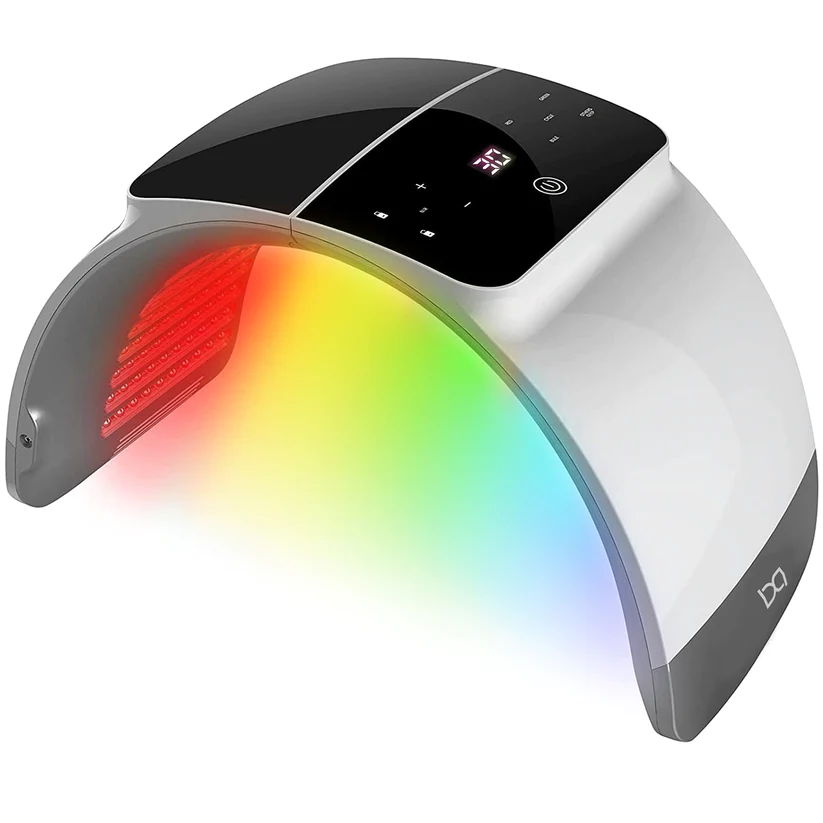
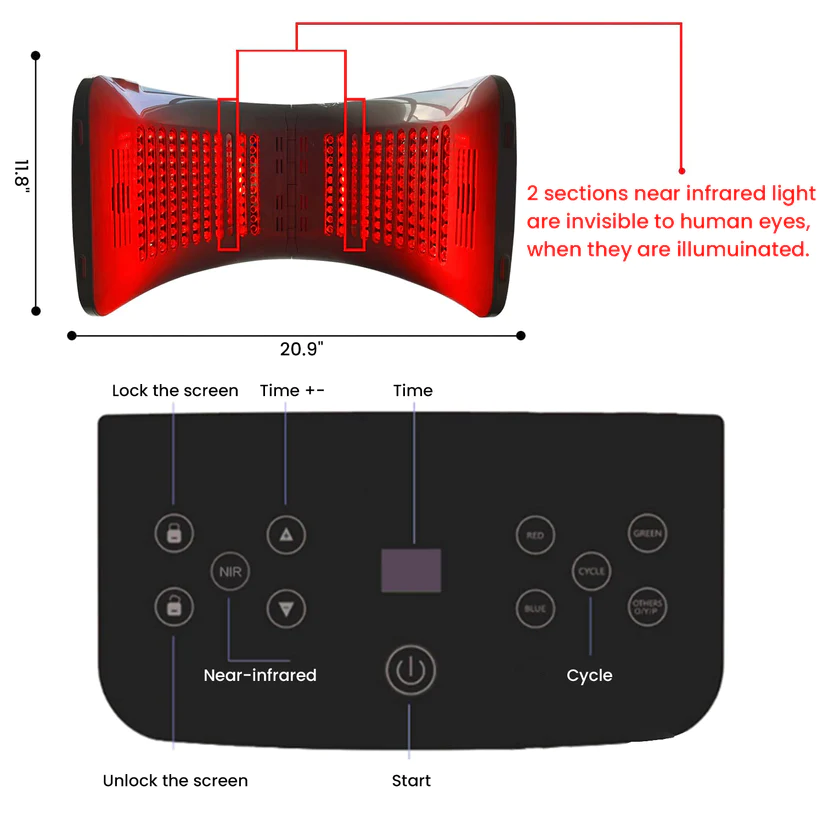
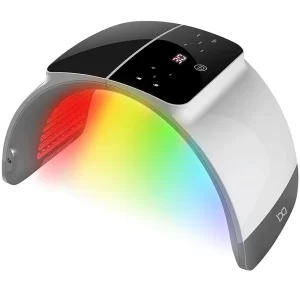
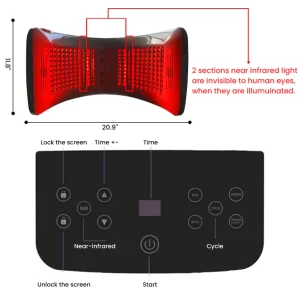


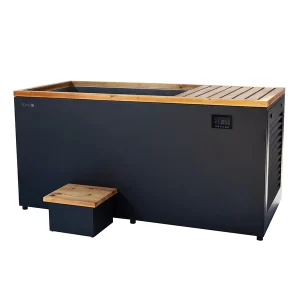
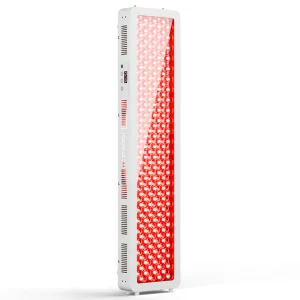
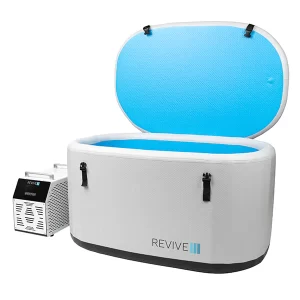
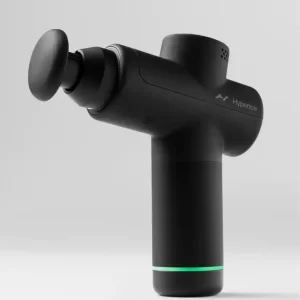

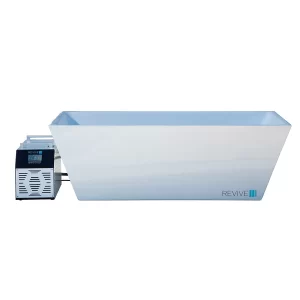
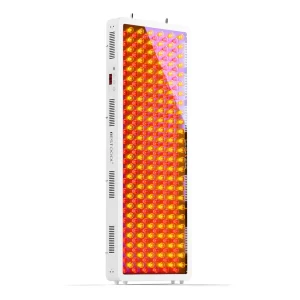

Reviews
There are no reviews yet.